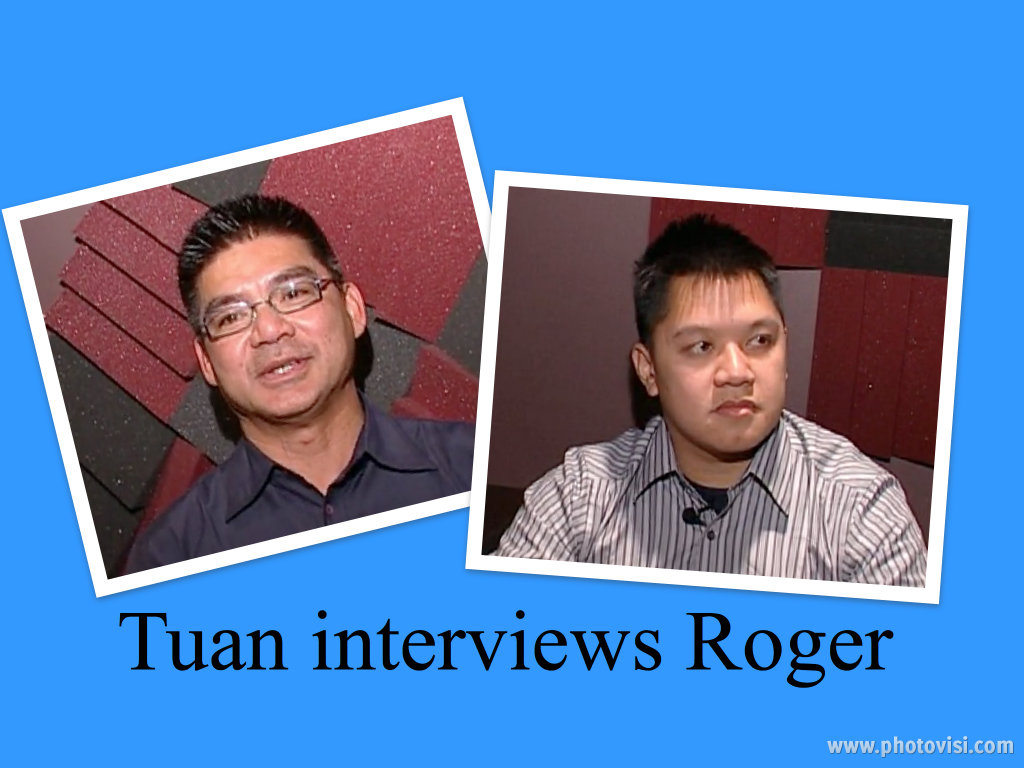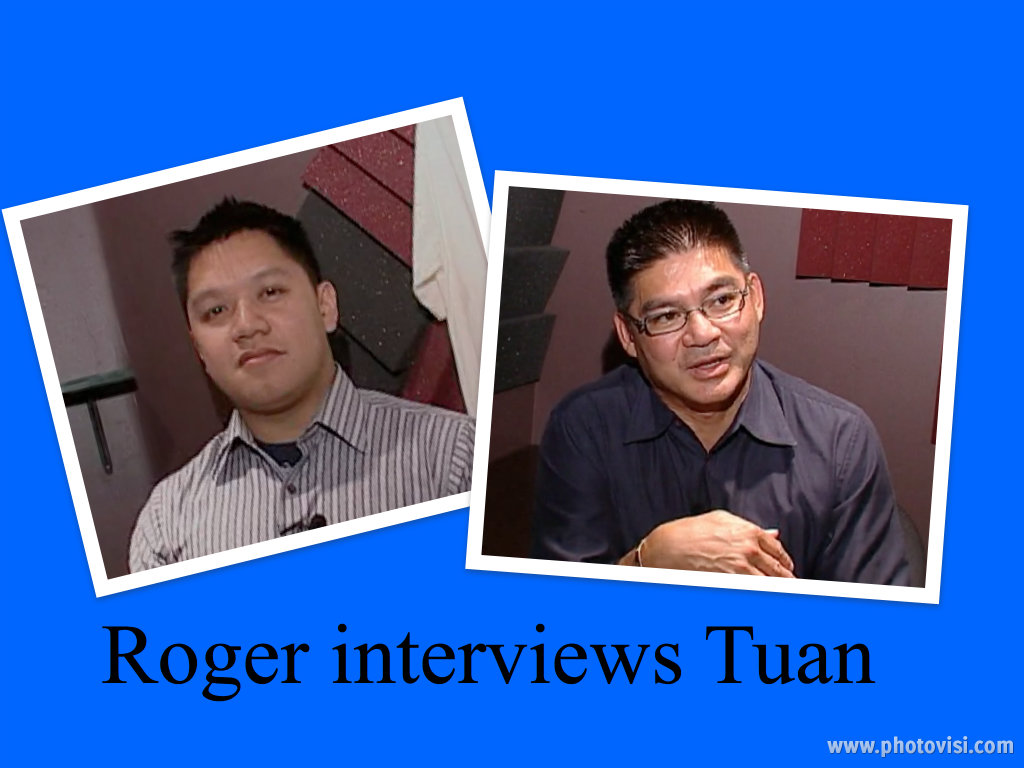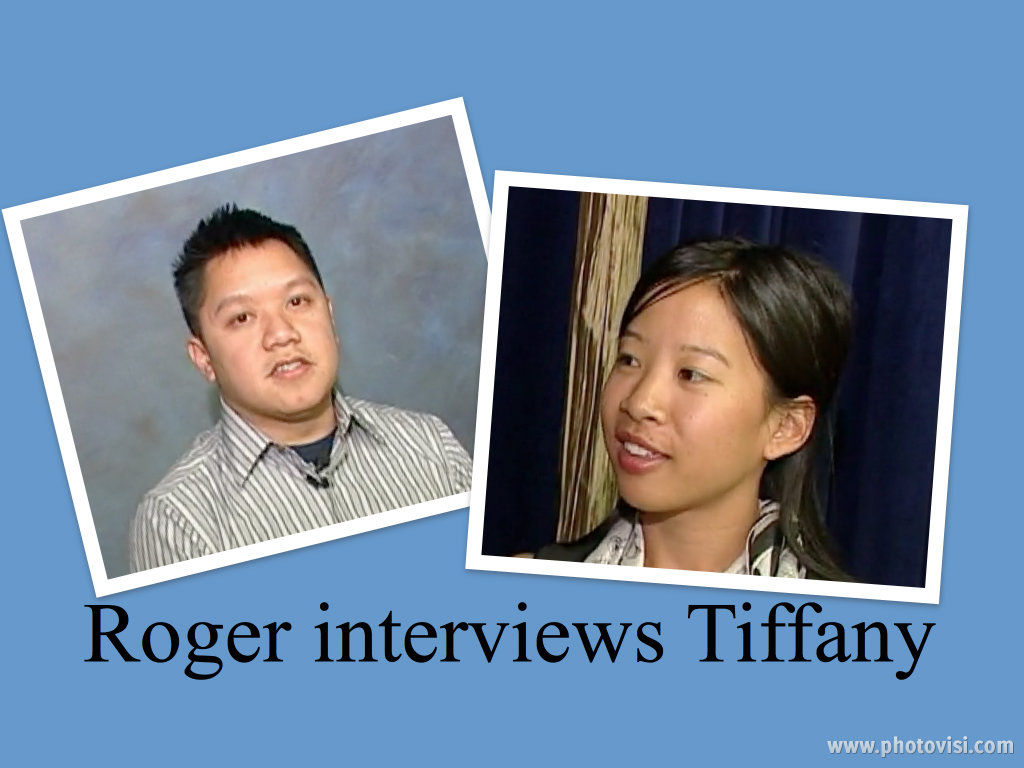An oral history “triangle”
This past week, I was given the opportunity to transcribe two oral histories conducted by the Vietnamese American Heritage Foundation. Although I have transcribed before, this particular task was rewarding because I was able to examine role-switching, various styles and methods in oral histories, and an oral history “triangle” so to speak.
At first I watched a video of Roger Le’s interview, conducted by Pham Quang Tuan. Previously I had already watched a video of Tiffany Le’s interview conducted by Roger, so it was a great surprise to see him in the narrator seat. Since the video focused on Roger with Tuan’s voice in the background asking questions, I was intrigued by his calmness and quick response to questions. He was incredibly detailed, put a lot of thought into sharing stories, and had a lot to say.

At this point, I felt like a middle man between Roger Le, Pham Quang Tuan, and Tiffany Le. What I mean by this is that I was involved in an oral history “triangle.” I watched Roger Le interview Tiffany, I was watching Roger being interview by Tuan, and I was about to see a video of Pham being interviewed by Roger. Little did I know that it was essential to have skill, patience, and have mastered “role-switching” in order to be successful in oral histories.
So, how do you prepare to be an interviewer? How do you prepare to be a narrator? When watching Tuan’s interview conducted by Roger, he states that he wishes there was more time to train for the position, but that “it hasn’t been a challenge for me [him] so far” because he’s self-motivated. Similarly, Roger joined the VAHF as a technical director who worked on the website, and ended up being an interviewer as well. Roger and Tuan utilize different techniques in interviewing, which have been successful through many interviews. Yet, there is no “right” way to interview. From my point of view, to master the role of an interviewer, one must be a narrator first, to be in the hot-seat. From there on, practice is what makes perfect.
As a technical consultant, Roger came across interviewing this way:
“ I didn’t expect to interview as much, but it’s been a really eye-opening experience. I’m glad that I got the opportunity to do so, because when else can I travel across the United States interviewing some very prominent Vietnamese people.”
Overall, there is a diverse list of things that can be learned about oral histories. From watching this oral history “triangle” evolve and play both the narrator and interviewer roles, I was able to see how flexibility and determination make one successful in this field. Although Tuan and Roger both had little training in their roles, the influence and success they’ve had is more than extensive. They both have practiced and mastered their roles as interviewers, and have experienced being in the hot-seat themselves.

Before watching these videos, I experienced interviewing my dad myself, and watching Tiffany Le’s interview conducted by Roger. Yet after these interviews, I felt like I was in a position of role-switching. I felt like I knew both Roger and Tuan; after hearing their stories, being an outsider looking in, and pretending to be the narrator myself, I learned that oral histories is not an easy, but daunting task that can be greatly rewarding. A mixture of motivation, practice, and skill can make one very successful in oral histories, and I believe that anyone can bring eye-opening style and technique to the table!
By Stephanie Wong

